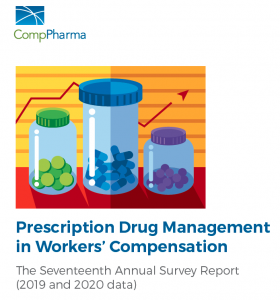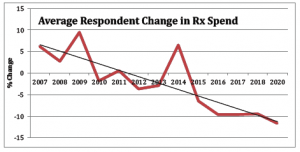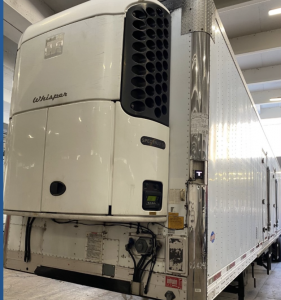As we march thru the list of big bigger and likely gonna-be-biggest WC services entities, we are now at the single service providers.
This won’t take much time. Conduent is the leader in market share in workers’ comp bill review applications followed by Mitchell and Medata; the company claims 50% market share which sounds about right although the claimed “savings” of $16 billion is just nonsense (as it likely reflects reductions below billed charges, which we all know are not “savings”).
Back in the day there were lots more bill review applications and providers; PowerTrak, CompIQ, Smartadviser, Corporate Systems and CS Stars, (can’t remember their applications’ names). Strataware is Conduent’s application; Stratacare – owners of Strataware – was acquired 7 years ago when Xerox bought ISG Holdings (ISG had previously acquired Stratacare)
Back in late 2018 we did a survey of bill review in workers’ compensation; (Conduent’s predecessor came out pretty well, Conduent not so much). I also conducted BR Surveys in 2009 and 2012).
There have been rumors aplenty about Conduent potentially selling its BR application. The company has suffered through staff departures, ditched the CompIQ platform, and gone thru too many senior staff of late. While still the largest player in the workers’ comp bill review application space, it is apparent Conduent has yet to figure out how to right the ship and set it on a steady and improving course.
The problems extend beyond work comp bill review.
Overall, Conduent’s revenue declined rather precipitously from $5.4 billion in 2018 to $4.2 billion in 2020; work comp bill review is included in the “commercial healthcare solutions” category, which saw a smaller drop from $445 million to $431 million over that period (see p 73).
The CEO’s discussion of Conduent’s pretty poor results is a classic example of corporate speak…
Going forward, we will assess our diverse portfolio and apply a differentiated investment strategy to optimize, enhance and expand our solutions as necessary based on the needs of our clients. We are focused on positioning Conduent for long-term success and driving value for clients and shareholders.
Net is I don’t see Conduent adding to its workers’ comp portfolio; if anything Stratacare may be sold if/when Conduent’s Board decides it has had enough of poor results and restructures the company/changes leadership.
What does this mean for you?
Strataware’s future will be driven by larger issues – and hopefully resolution of those issues – at Conduent.
If/when Stratacare is sold off, expect the other big players in workers’ comp services to be the likely buyers.








